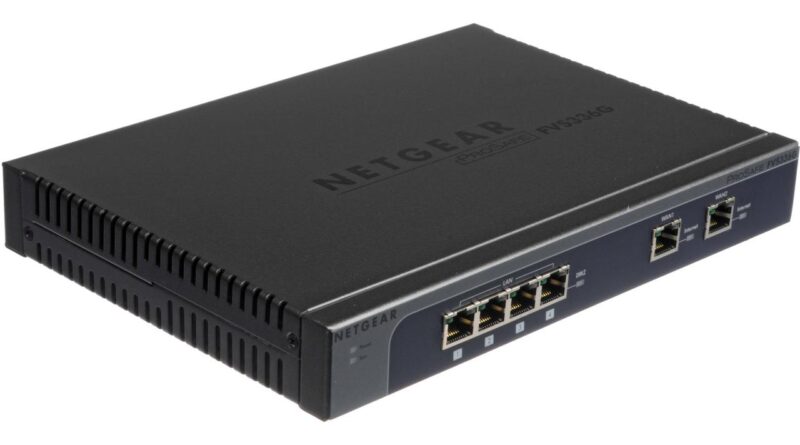Dual WANs: Enhancing Network Reliability And Performance
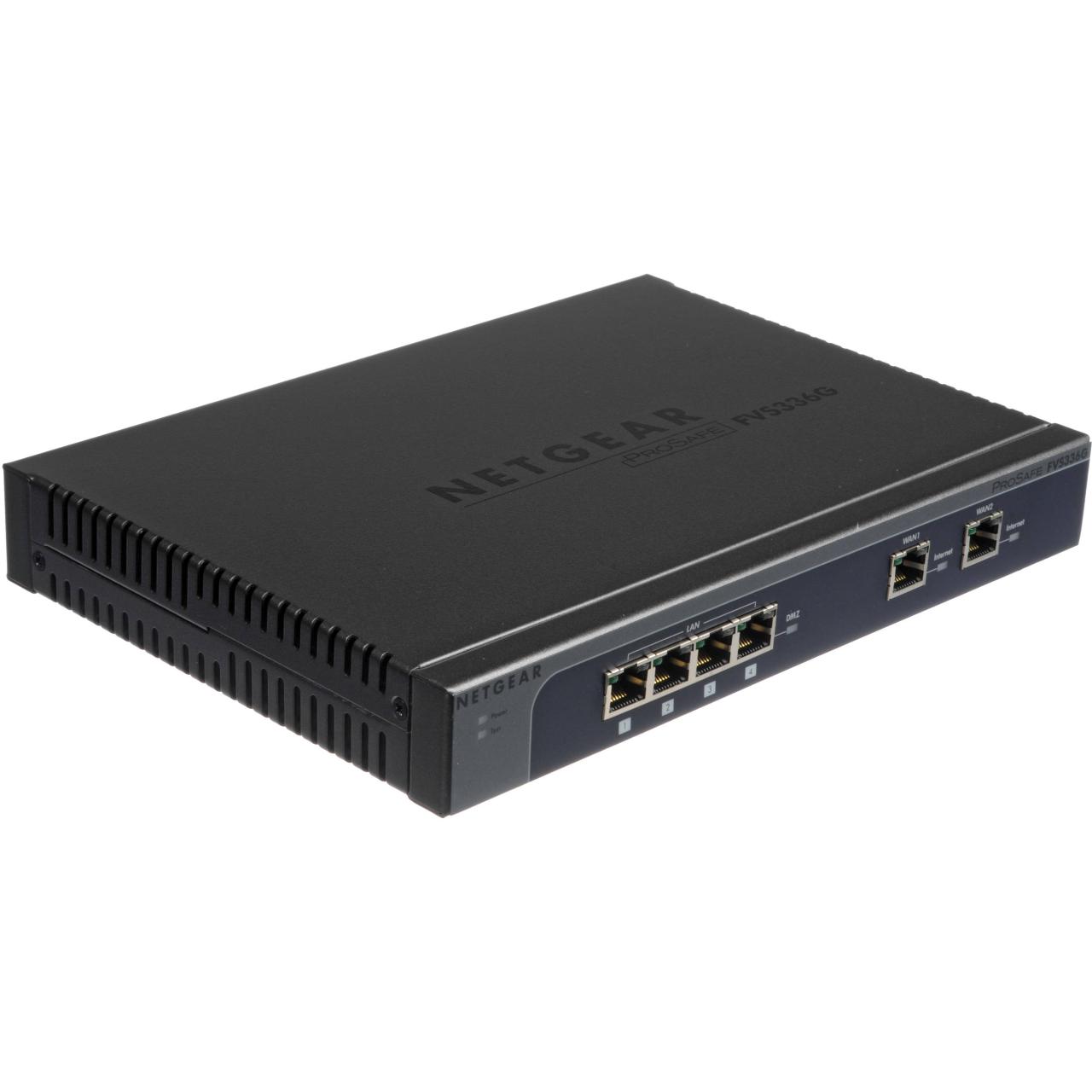
Dual WANs: Enhancing Network Reliability and Performance
Introduction
In today’s digital age, businesses rely heavily on their network infrastructure to conduct operations, communicate with customers, and access critical data. Network downtime can result in significant financial losses, reputational damage, and operational disruptions. To mitigate these risks, many organizations are implementing dual WANs (Wide Area Networks) to enhance network reliability and performance.
What is a Dual WAN?
A dual WAN is a network architecture that utilizes two or more WAN connections from different providers to connect to the internet or other remote locations. By having multiple WAN connections, organizations can create a redundant network that provides backup connectivity in the event of an outage or performance degradation on one of the connections.
Benefits of Dual WANs
Implementing dual WANs offers several key benefits for businesses:
1. Increased Network Reliability:
Dual WANs provide a failover mechanism, ensuring that network connectivity is maintained even if one of the WAN connections fails. This redundancy reduces the risk of network downtime and ensures business continuity.
2. Improved Performance:
By utilizing multiple WAN connections, organizations can distribute traffic across different paths, reducing congestion and improving overall network performance. This can result in faster application response times, improved video conferencing quality, and seamless file transfers.
3. Load Balancing:
Dual WANs allow for load balancing, which distributes network traffic across multiple connections based on factors such as bandwidth availability, latency, and cost. This optimization improves network efficiency and reduces the risk of overloading any single connection.
4. Cost Optimization:
Dual WANs can help organizations optimize their network costs by leveraging different providers and service plans. By negotiating with multiple providers, businesses can secure competitive pricing and tailor their WAN solutions to meet their specific needs.
Types of Dual WAN Architectures
There are several different types of dual WAN architectures, each with its own advantages and disadvantages:
1. Active-Passive Failover:
In this architecture, one WAN connection is designated as the primary connection, while the other is held in reserve as a backup. If the primary connection fails, the backup connection is automatically activated. This is a simple and cost-effective solution, but it does not provide load balancing or redundancy during normal operation.
2. Active-Active Load Balancing:
This architecture utilizes both WAN connections simultaneously, distributing traffic across them based on predefined rules. This provides load balancing and improved performance, but it requires more complex configuration and management.
3. Hybrid Failover and Load Balancing:
This architecture combines elements of both active-passive failover and active-active load balancing. It provides redundancy and failover protection while also allowing for load balancing during normal operation.
Implementation Considerations
Implementing dual WANs requires careful planning and consideration of several factors:
1. Provider Selection:
Choosing reliable and reputable WAN providers is crucial for ensuring network reliability and performance. Consider factors such as network coverage, uptime guarantees, and customer support.
2. Connection Type:
The type of WAN connection (e.g., fiber, cable, DSL) will impact bandwidth, latency, and cost. Determine the appropriate connection type based on your business requirements and budget.
3. Network Configuration:
Properly configuring the network to support dual WANs is essential. This includes setting up routing protocols, firewalls, and load balancers to ensure seamless failover and traffic distribution.
4. Monitoring and Management:
Regular monitoring and management of dual WANs is necessary to ensure optimal performance and identify potential issues. This includes monitoring connection status, traffic patterns, and performance metrics.
Conclusion
Dual WANs are a valuable solution for businesses seeking to enhance network reliability, improve performance, and optimize costs. By implementing a dual WAN architecture, organizations can create a redundant and resilient network that minimizes the risk of downtime and ensures business continuity. Careful planning, provider selection, and ongoing management are key to realizing the full benefits of dual WANs.
5 Best Dual WAN Products
1. Peplink Balance 210

The Peplink Balance 210 is a high-performance dual-WAN router that is perfect for businesses that need reliable and fast internet connectivity. It features two Gigabit Ethernet WAN ports, a built-in firewall, and a variety of other features that make it a great choice for businesses of all sizes.
2. DrayTek Vigor 2925
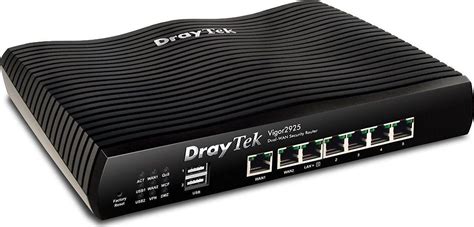
The DrayTek Vigor 2925 is another great option for businesses that need a dual-WAN router. It features two Gigabit Ethernet WAN ports, a built-in firewall, and a variety of other features that make it a great choice for businesses of all sizes.
3. Cisco RV160W
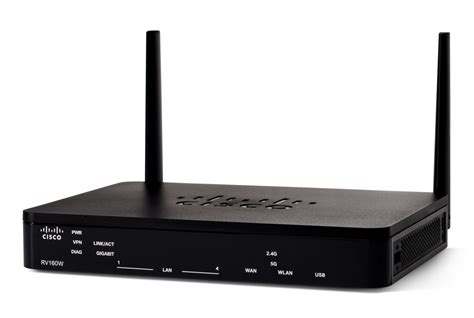
The Cisco RV160W is a dual-WAN router that is designed for small businesses. It features two Gigabit Ethernet WAN ports, a built-in firewall, and a variety of other features that make it a great choice for small businesses that need reliable and fast internet connectivity.
4. Netgear Nighthawk Pro Gaming XR500
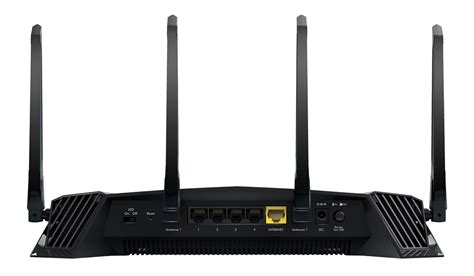
The Netgear Nighthawk Pro Gaming XR500 is a dual-WAN router that is designed for gamers. It features two Gigabit Ethernet WAN ports, a built-in firewall, and a variety of other features that make it a great choice for gamers who need reliable and fast internet connectivity.
5. TP-Link Archer C5400X
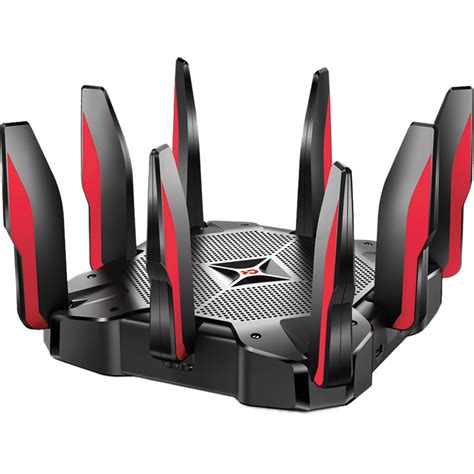
The TP-Link Archer C5400X is a dual-WAN router that is designed for home users. It features two Gigabit Ethernet WAN ports, a built-in firewall, and a variety of other features that make it a great choice for home users who need reliable and fast internet connectivity.
